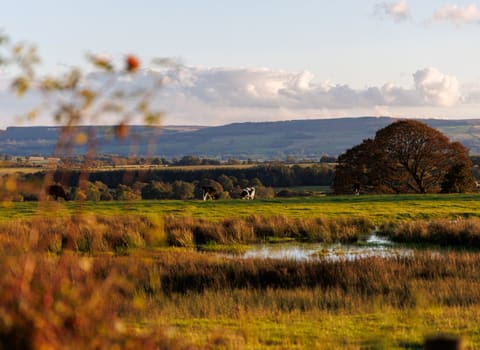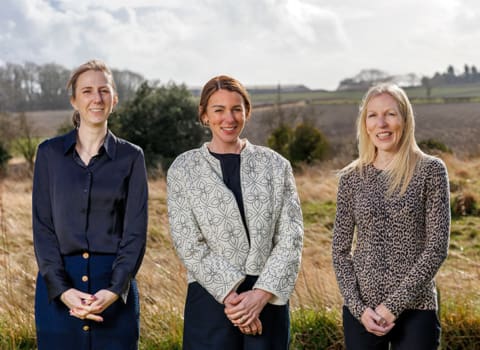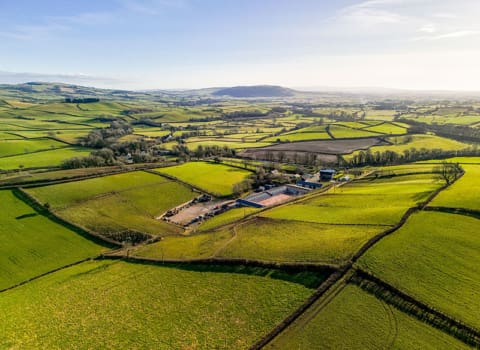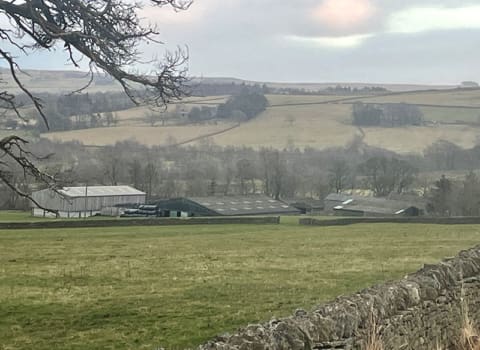Contact our offices
Main office
COLBURN
5 & 6 BAILEY COURT
COLBURN BUSINESS PARK
RICHMOND
NORTH YORKSHIRE
DL9 4QL
Estate Agency Offices are located in
BARNARD CASTLE, BOROUGHBRIDGE & RICHMOND
Residential Management Team
Our Offices
- Alnwick
01665 568310
Email Officealnwick@gscgrays.co.uk - Barnard Castle
01833 637000
Email Officebarnardcastle@gscgrays.co.uk - Boroughbridge
01423 590500
Email Officeboroughbridge@gscgrays.co.uk - Chester-Le-Street
0191 3039540
Email Officechester-le-street@gscgrays.co.uk - Colburn
01748 897630
Email Officecolburn@gscgrays.co.uk - Driffield
01377 337180
Email Officedriffield@gscgrays.co.uk - Hamsterley
01388 487000
Email Officehamsterley@gscgrays.co.uk - Hexham
01434 611565
Email Officehexham@gscgrays.co.uk - Kirkby Lonsdale
01524 880320
Email Officekirkbylonsdale@gscgrays.co.uk - Penrith
01768 597005
Email Officepenrith@gscgrays.co.uk
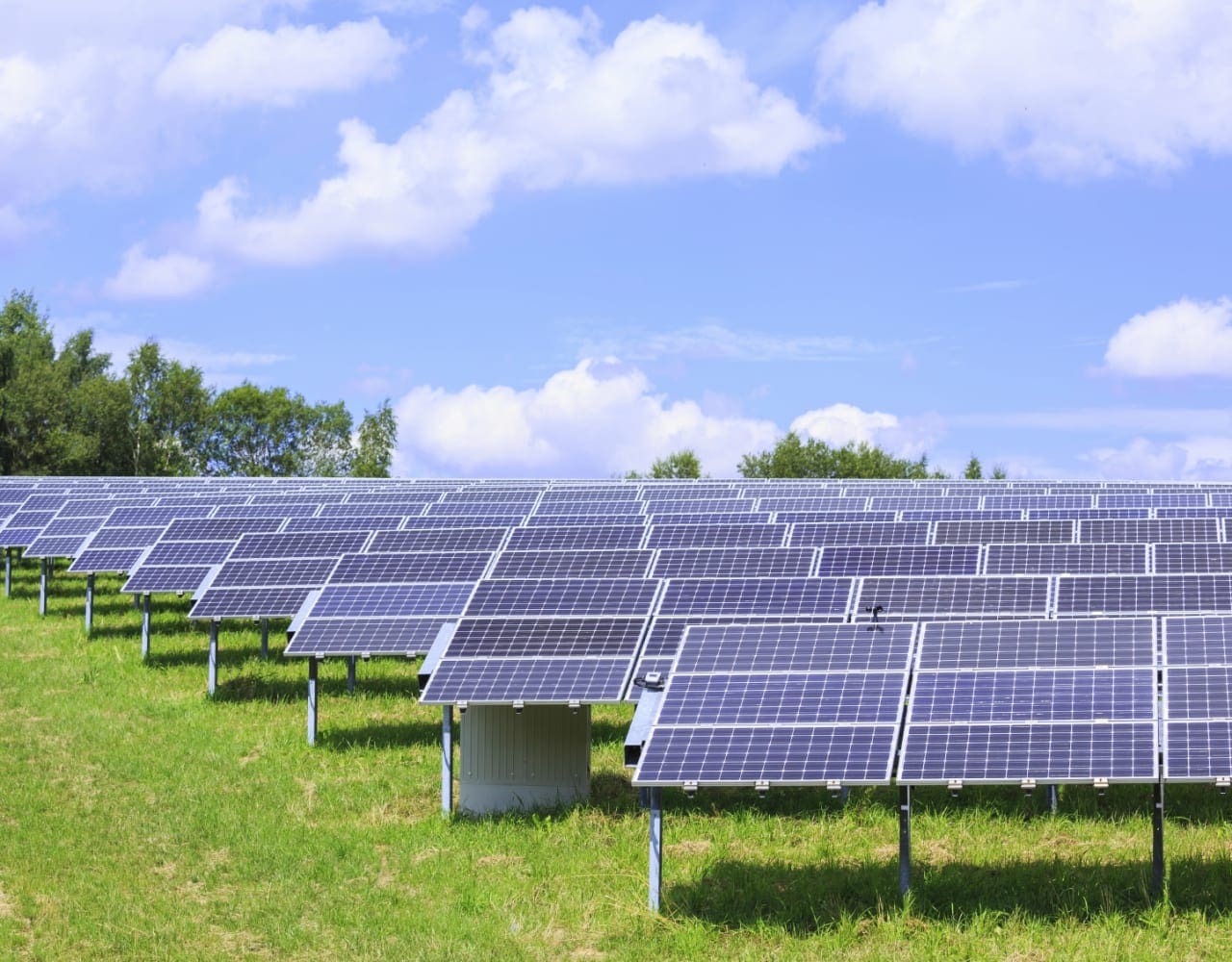
Solar Roundup!
As we approach the end of 2014 it seems sensible to review the headlines from the year in the solar industry and explore the outlook for the future.
Background
As I summarised in my July article, since the release of the Electricity Market Reform in August 2013 developers have been taking a last bite of the predictable subsidy known as the Renewable Obligation Certificate (ROC) which is being phased out in favour of the complex and unpredictable Contracts for Difference scheme (CfD). This is the support offered to sites in excess of 5mw (c 25 acres). Sites below this size enjoy the benefit of the Feed in Tariff which has not undergone a similar change.
Since the summer landowners have seen a boom in the number of developers hunting for sites, everyone will have seen the adverts in Farmers Weekly or the trade stands at shows and some of you will even have been approached by a developer trying to secure some land.
Despite the ever increasing interest from developers and the first few sites entering planning in the North East, it’s not all plain sailing.
The 2014 Construction Slowdown
After an impressive start to the year, construction on new sites was forecast to be significant. Unfortunately, in May/June changes were announced to reduce the value of the ROC, this uncertainty caused a change in strategy and developers paused many of their ‘under construction’ sites and turned their attention to finding new sites while they waited for greater certainty.
This summer, while construction was down to a minimum we saw consistently high interest in new solar site developments with each month bringing over 1,000MW of greenfield sites forward for six months in a row.
With a sufficient stock of sites and decreasing value of the retiring ROC scheme, developers have once again turned their focus to developing projects rather than identifying them. After all, what good is a development portfolio if no development takes place!
While it is good news that landowners with ‘under construction’ sites will soon see completion of their developments, not all sites will be viable and developers will always look for new opportunities, although the low hanging fruit may have been taken, there is still plenty of value to be had from the rest of the crop.
Removing CAP Subsidies
In October this year, Environment Secretary Elizabeth Truss announced that agricultural land used for solar farming will no longer be able to claim any subsidies under the Common Agricultural Policy.
This announcement was supported by statements claiming this will safeguard agricultural land for agricultural production and achieve savings to UK taxpayers of £2 million.
She failed to note that existing solar farms are not eligible for CAP subsidies anyway, once the land is leased to a solar developer, the farmer is no longer in control of the land and cannot claim the payments. Lease back arrangements have been offered by developers however we have always cautioned against prejudicing your SFP claim for the sake of claiming on the land between the arrays. As a consequence, although the statement gained public opinion as a talking point, the impact on solar development is nominal.
The Chancellor’s Autumn Statement
George Osborne has recently made his Autumn Statement, the headline of which has overwhelmingly been the changes to Stamp Duty. Overshadowed by this have been the references to the UK energy market. In the statement he announced tax breaks for North Sea oil and gas, a freeze on fuel duty and funds to go towards shale gas. With the exception of a tidal lagoon power project off the coast of Swansea, there was no mention of renewables.
These policies have met with a lot of protest from renewable energy companies, Greenpeace, and the environmental lobby. Friends of the Earth have calculated the Chancellor’s tax relief to the oil industry at £94 million, enough to put solar panels on every UK school roof twice over.
Outlook
The future of solar farming is far from certain; the subsidy schemes are changing, farm payments have been withdrawn and investment and tax reliefs are being focused on oil and gas. Despite this however, the 2009 Renewable Energy Directive set a target for the UK to achieve 15% of its energy consumption from renewable sources by 2020. In 2005 we were at 1.3% and by 2010 had reached 3.3% but there is still a long way to go. To meet this target there needs to be significant investment in all forms of renewable energy and energy efficiency.
Despite the discussions over the support mechanisms, the biggest concern to developers is the grid connection cost. There is only a limited capacity on the cables spanning the country and without any large scale restructuring of the national grid, once the capacity is gone, it’s gone.
While the site finding boom may be slowing down, it certainly hasn’t stopped. We therefore urge any landowners interested in these opportunities to consider it sooner rather than later. The grid works on a first come first serve basis and you could easily lose out to your neighbour.
GSC Grays have a database of reputable solar developers who operate throughout the UK and offer competitive rents. If you believe that you have land of interest, we will gladly promote it and then negotiate the most favourable terms and ensure that the development proceeds as planned.
If you would like GSC Grays to promote your land, if you have been approached by a developer or if you are being asked to renegotiate existing agreement, please call Chris Thyer or Calum Gillhespy on 01748 829210.

GSC Grays News
Residential Property Market: Recent Trends and Prospects for the year ahead
Read more


